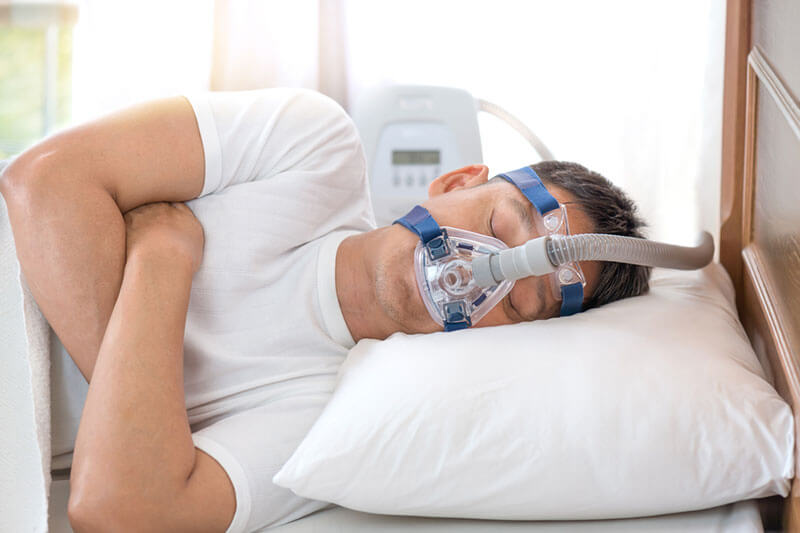The success of your CPAP therapy depends on several factors, including comfort. For many people, in addition to limiting the variety of available sleeping positions, CPAP masks also cause discomfort. Unfortunately, any type of discomfort can severely interfere with your therapy. Skin sores are among the most common side-effects of wearing a CPAP mask. Other problems range from skin irritation to pressure ulcers.
The best way to prevent any side-effects is to choose one of the safest CPAP masks currently on the market. However, some problems may occur even when you choose a good CPAP mask. Let us see why this happens.

The cushion is too rough for your skin
People with overly sensitive skin are prone to bruising when wearing CPAP masks. This is why it is important to only purchase your CPAP gear from reputable manufacturers.
An allergic reaction
The majority of commonly available CPAP masks are made of silicone or gel material. Not many people are allergic to silicone, but it has been known to cause allergic reactions. Note that a lot of the older models contain some latex, so this could be the root of your problem.
Overtightening the mask
Overtightening your CPAP mask can also cause painful sores and bruising. It can lead to blisters and pressure ulcers after a prolonged period of time as well. The main two reasons why people overtighten their masks is because they are too big and thus leaking air or because the cushions are worn out and have lost their structural integrity, which also results in air leaks.
The mask is too big
If your mask is too big, it may scrape the delicate skin of the bridge of your nose while moving up and down, resulting in a painful bruise. After a while, a blister can form and turn into a wound that can leave a pretty nasty scar.
You are not washing your face
Facial oils and dirt buildup can cause all sorts of problems when using a CPAP mask, including air leaks as a result of the mask sliding up and down while you are asleep.
A dirty mask
Unfortunately, many users never wash their CPAP masks, which can cause skin infections and numerous other problems.
The headgear is too small
Even if you have the correct mask size, a tight headgear may cause it to pinch against your nose and bruise it. When it comes to CPAP masks, tighter is never better.
Problems With Specific CPAP Mask Types
When it comes to nasal pillows, nose sores and bruising can take place inside the lining of the nostrils if you shove the pillows too far. If the material is too rough for your skin, the tip of your nose may start to bruise. If the pillows are too big for your nose, your outer nostrils can start bruising as well. Finally, one of the most common mistakes includes CPAP users putting their nasal pillows upside down after disassembling and reassembling their gear.
CPAP nasal masks can cause numerous side effects on the bridge or just under your nose. The most efficient solutions include using a softer mask or cleaning your current mask more thoroughly.
Full face masks cause the same type of problems as nasal masks. Apart from the already mentioned solutions, you can also try using a dedicated CPAP liner or some other type of cushion to separate your skin from the mask.